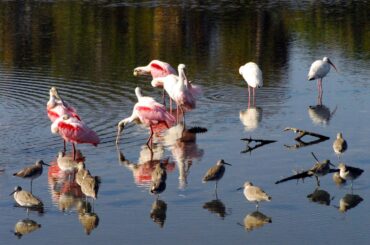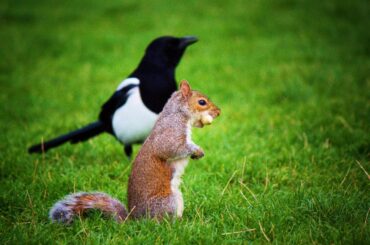Have you ever wondered which bird species outlives all others? Which avian marvel holds the title of the bird with the longest lifespan? How do banded birds help us understand the age of our feathered friends?
The albatross, primarily a Laysan albatross named Wisdom, is known to be the oldest wild bird that has ever lived. Wisdom, a Midway Atoll National Wildlife Refuge resident, is over 70 years old. She still surprises us by hatching chicks, even in her old age.
Observing such long-lived birds and monitoring banded birds allows scientists to gather valuable data about their remarkable longevity.
Suppose birds have always piqued your curiosity and you’re intrigued about the progress birds have made. In that case, you’re in for an exciting adventure. A newfound appreciation for flight’s miraculousness and its legendary durability will emerge in you.
What Bird Lives the Longest
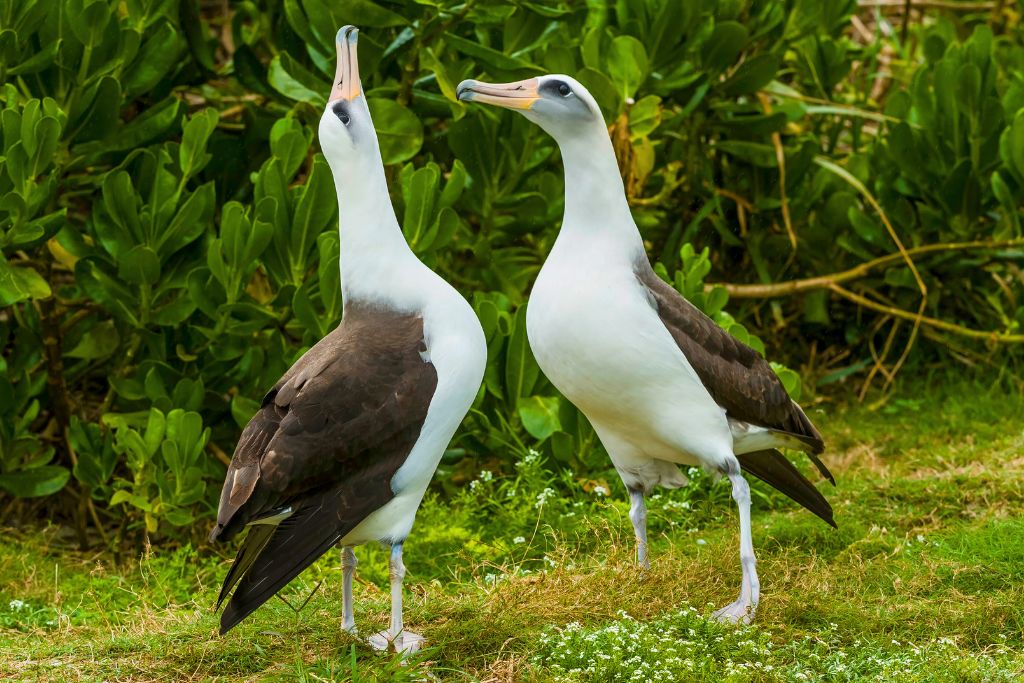
Have you ever thought about what kind of bird lives the longest? The answer lies in the extraordinary Laysan albatross. This remarkable bird species is known for its exceptional longevity, making it the longest living bird on record.
Wisdom, the world’s oldest known wild bird, has amazed scientists and bird enthusiasts, surpassing 70 years of age.
Wisdom thrives and even raises chicks at her advanced age. She serves as a symbol of resilience and endurance, showcasing the astonishing capabilities of avian life.
Laysan Albatross
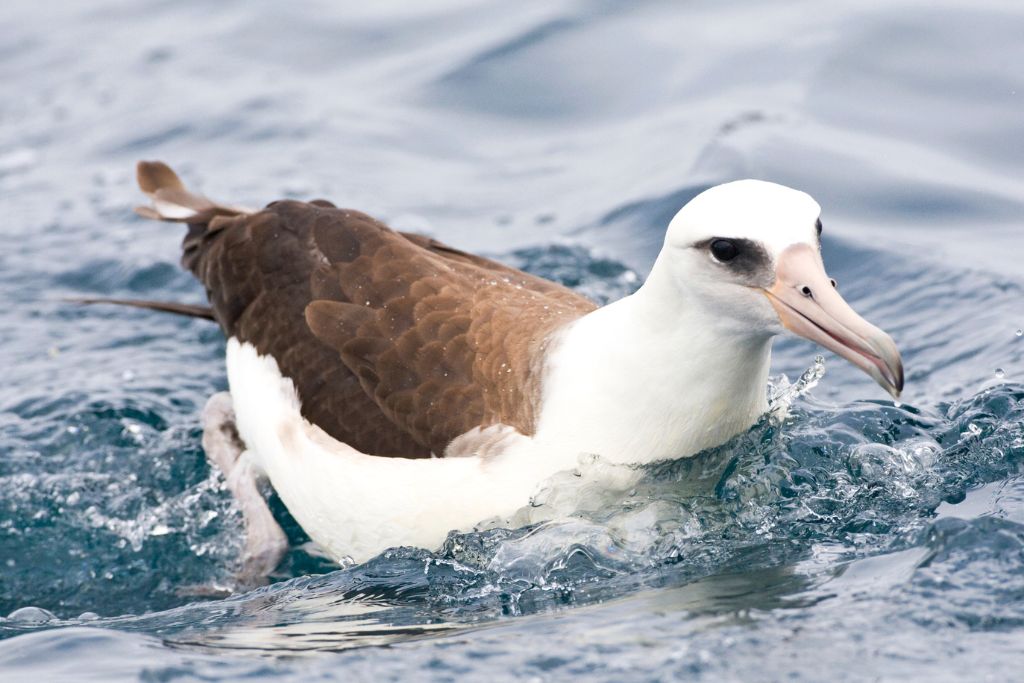
- Kingdom: Animalia
- Phylum: Chordata
- Class: Aves
- Order: Procellariiformes
- Genus: Phoebastria
- Species: Phoebastria immutabilis
Laysan Albatross (Phoebastria immutabilis), one of the longest lifespan bird species, is a majestic creature known for its large size and distinctive features. With a wingspan reaching up to 6.5 feet, they are a sight to behold in flight.
Their bodies are predominantly white, with black upper wings and tails, distinguishing them from the avian species. Their head and neck often have a slight tinge of smoky gray, and they have large, dark eyes with a pale bill.
As for their habitat, the oldest birds are native to the North Pacific, with a strong presence in the Hawaiian Islands. A famous colony resides in the Midway Atoll National Wildlife Refuge, home to the world’s oldest known wild bird, the Laysan albatross named Wisdom.

A Laysan albatross typically lives between 40 and 60 years. Noteworthy is the fact that certain people have been known to live even longer. For instance, Wisdom, the aforementioned Laysan albatross, lived to reach at least 70 years old before dying in 2018. Compared to many other bird species, these birds live remarkably lengthy lives.
Black-Browed Albatross
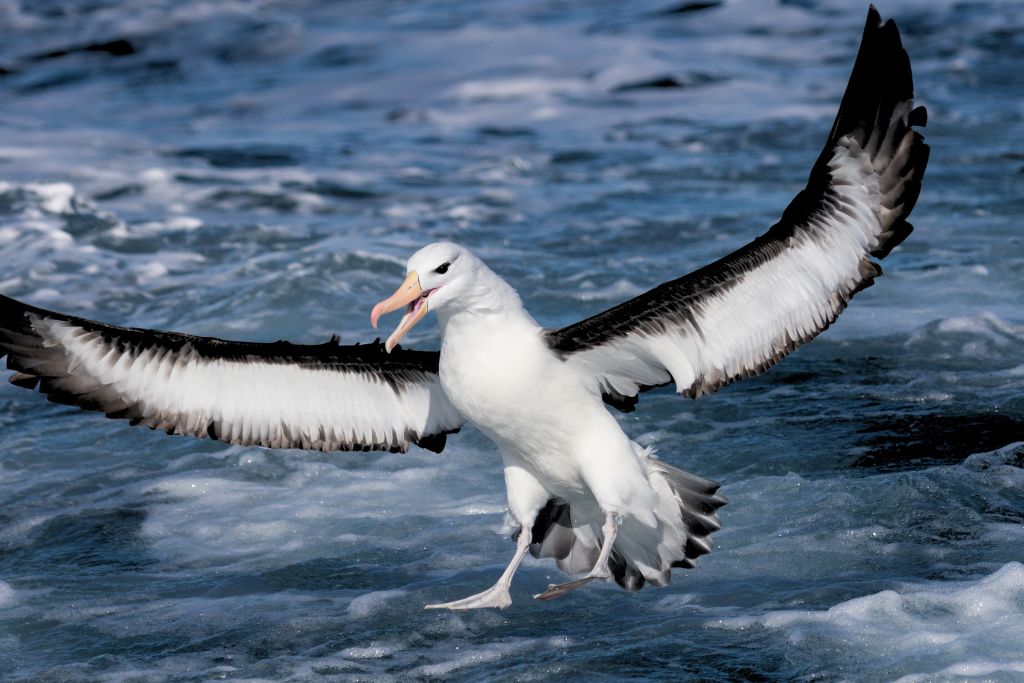
- Kingdom: Animalia
- Phylum: Chordata
- Class: Aves
- Order: Procellariiformes
- Genus: Thalassarche
- Species: Thalassarche melanophris
Black-Browed Albatross (Thalassarche melanophris) is another long-lived bird with a lifespan of approximately 35 to 45 years. They have an impressive appearance. It has a wingspan of up to 8 feet and is named for its distinctive dark eyebrow stripe that stands out against its white head. Its body is mostly white, contrasting dark gray to black wings and a yellow-orange bill.
These birds prefer the cooler waters of the Southern Hemisphere. They are primarily found in the Falkland Islands, which host the largest population. However, they can also be seen in South Georgia, Chile, South Africa, and Australia.
The black-browed albatross is rated as “least concern” by the IUCN, meaning it faces no worldwide threats. Due to habitat damage, invasive species predation, and fishing gear incidental capture, several island populations have deteriorated.
Royal Albatross

- Kingdom: Animalia
- Phylum: Chordata
- Class: Aves
- Order: Procellariiformes
- Genus: Diomedea
- Species: Diomedea exulans
Royal Albatross, or Diomedea exulans, is one of the largest flying birds and, on average, have approximately 50 to 60 years of lifespan. With predominantly white plumage and black outer wings, they are beautiful. Their pinkish bill’s hook catches prey.
They can go far and efficiently forage for food. Their excellent senses of sight and smell let them forage for food on the ocean floor, where they can find fish, other marine life, and fishing vessel carcasses and waste.
With one of the longest lifespans, this bird is primarily located in the Southern Hemisphere, particularly around New Zealand. They are specifically known to inhabit the Taiaroa Head on the Otago Peninsula, making it the only mainland place in the world to view these albatrosses from the shore.
African Grey Parrot
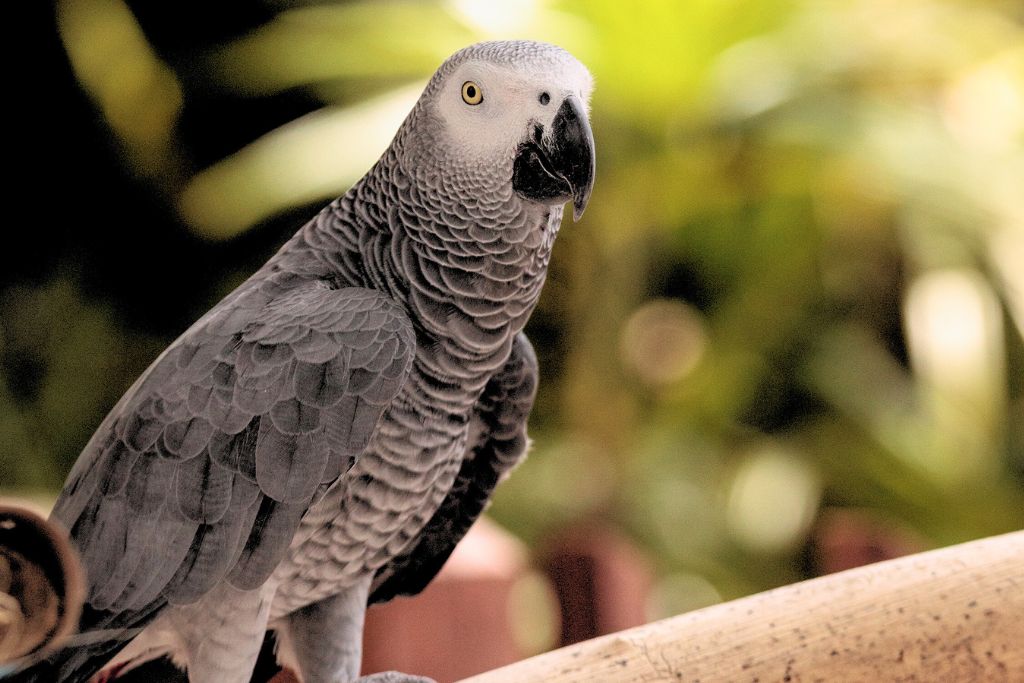
- Kingdom: Animalia
- Phylum: Chordata
- Class: Aves
- Order: Psittaciformes
- Genus: Psittacus
- Species: Psittacus erithacus
African Grey parrots (Psittacus erithacus) are one of the birds that can live the longest. In captivity, they can often live up to 60 years. As their name suggests, these smart birds have a striking, one-color scheme.
Their body feathers are shades of gray, but their tail feathers are bright red or maroon. These parrots are about the size of a chicken. They have strong bodies, wide wings, and a black bill.
These extremely long-lived birds can be found in the jungles of West and Central Africa. You can still find them in locations like the Ivory Coast, Ghana, Kenya, and Uganda, despite decreasing numbers in the wild due to ecosystem destruction and the pet trade.
Hyacinth Macaw
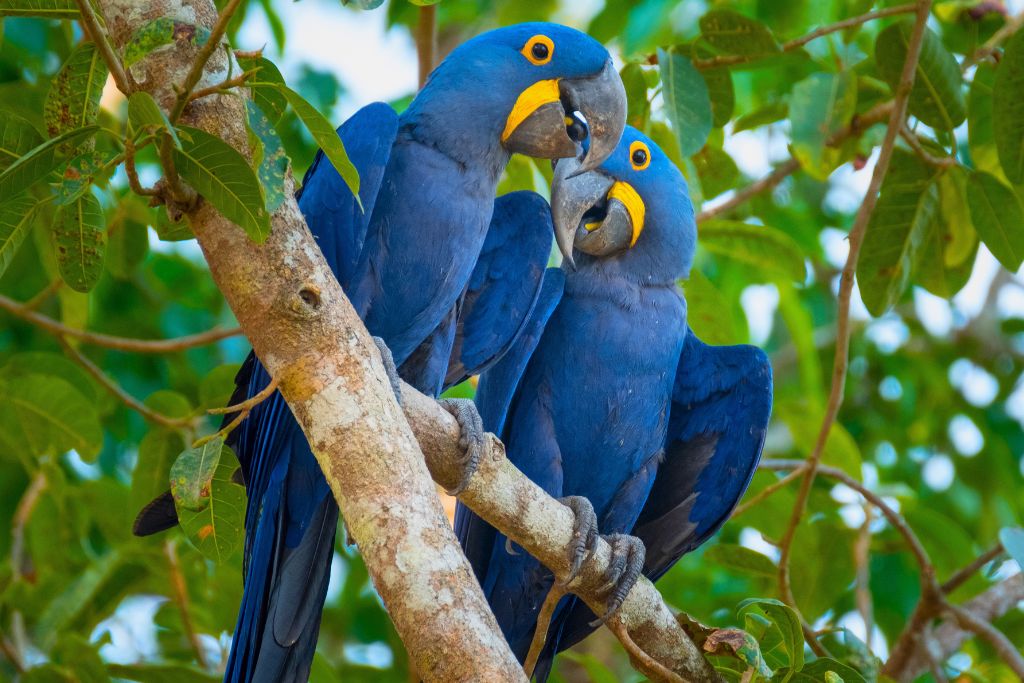
- Kingdom: Animalia
- Phylum: Chordata
- Class: Aves
- Order: Psittaciformes
- Genus: Anodorhynchus
- Species: Anodorhynchus hyacinthinus
The Hyacinth Macaw (Anodorhynchus hyacinthinus) is a beautiful bird with one of the longest parrot lives–between 50 and 60 years. It is the largest flying parrot species and can grow up to 3.3 feet long. Its feathers are a beautiful deep blue, and the yellow skin around its eyes and at the base of its lower beak makes a beautiful contrast.
The Hyacinth Macaw is an indigenous South American species. Most of their population resides in Brazil’s Pantanal region. However, you can still spot them in Bolivia and Paraguay.
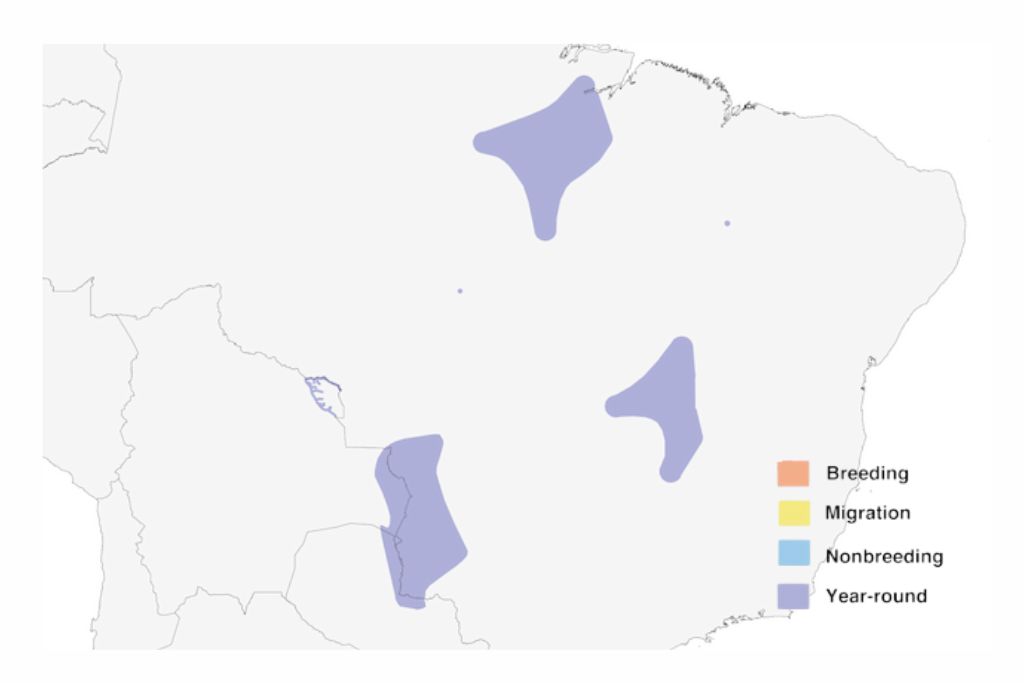
Male and female hyacinth macaws can stay together for their whole lives. These birds like to nest in the manduvi tree (Sterculia apetala) and other very large trees.
Emperor Penguin
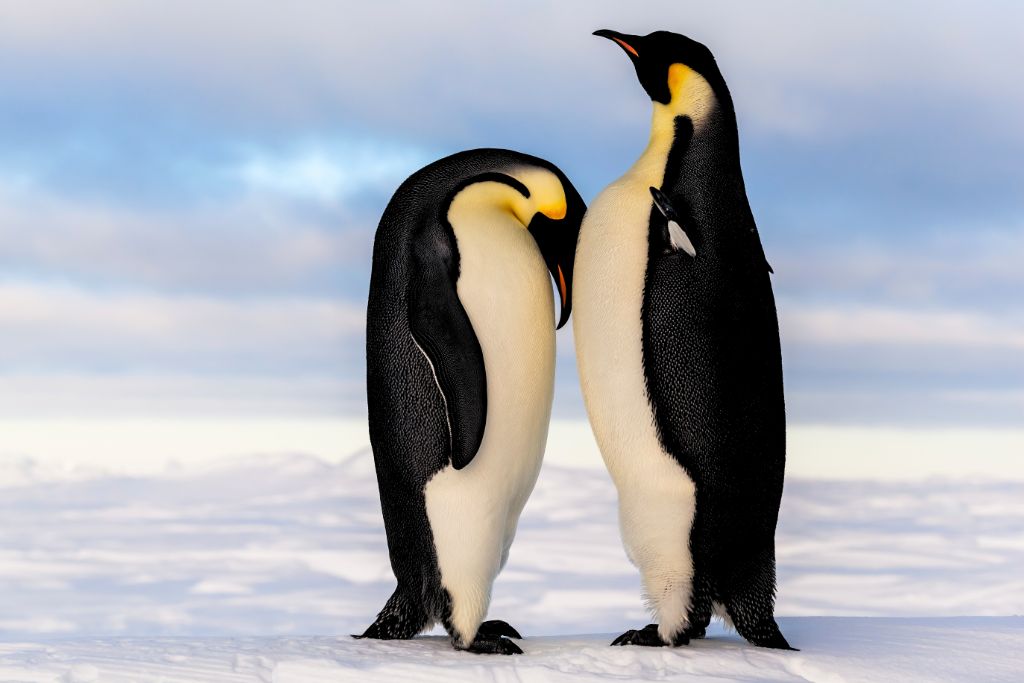
- Kingdom: Animalia
- Phylum: Chordata
- Class: Aves
- Order: Sphenisciformes
- Genus: Aptenodytes
- Species: Aptenodytes forsteri
The Emperor Penguin (Aptenodytes forsteri) is the largest and heaviest of the several penguins’ species. They can withstand the extreme cold by adapting their bodies to a size of about 4 feet in height and a weight of 50 to 100 pounds.
The head, chin, and throat are all black, with big yellow spots on each side of the head. Their back, tail, and the outside of their wings are bluish-black, but their front is white or pale yellow.
An Emperor Penguin’s average lifespan is between 15 and 20 years, provided they are healthy and receive proper care throughout their lives.
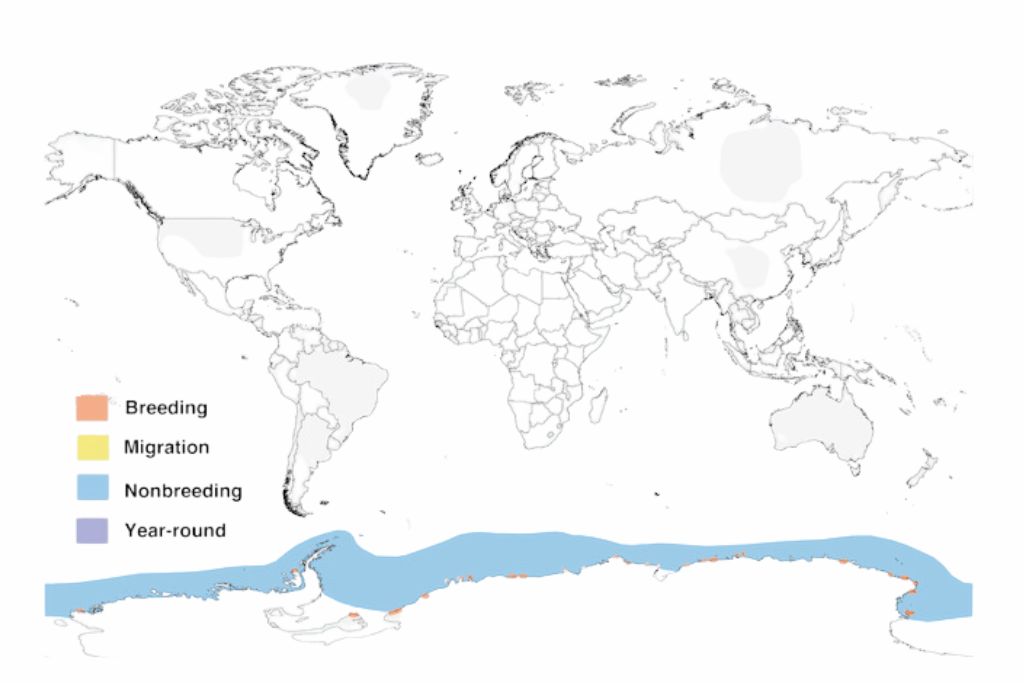
The Antarctic continent is the only place on Earth where emperor penguins may be found in their natural environment. They’re the only type of penguin that can successfully breed during the harsh Antarctic winter.
Great Horned Owl

- Kingdom: Animalia
- Phylum: Chordata
- Class: Aves
- Order: Strigiformes
- Genus: Bubo
- Species: Bubo virginianus
Great Horned owls (Bubo virginianus) are powerful and majestic birds known for their long lifespan. These large owls have rounded bodies, broad wings, and a deep hoot that can be heard from miles away.
The average lifespan of a Great Horned Owl is 10 to 15 years in the wild, but it can reach 30 years in a zoo. They have a white throat and a facial disc with a prominent dark rim, and their plumage can be anywhere from mottled gray-brown to reddish brown. Their appearance may adapt to their environment.
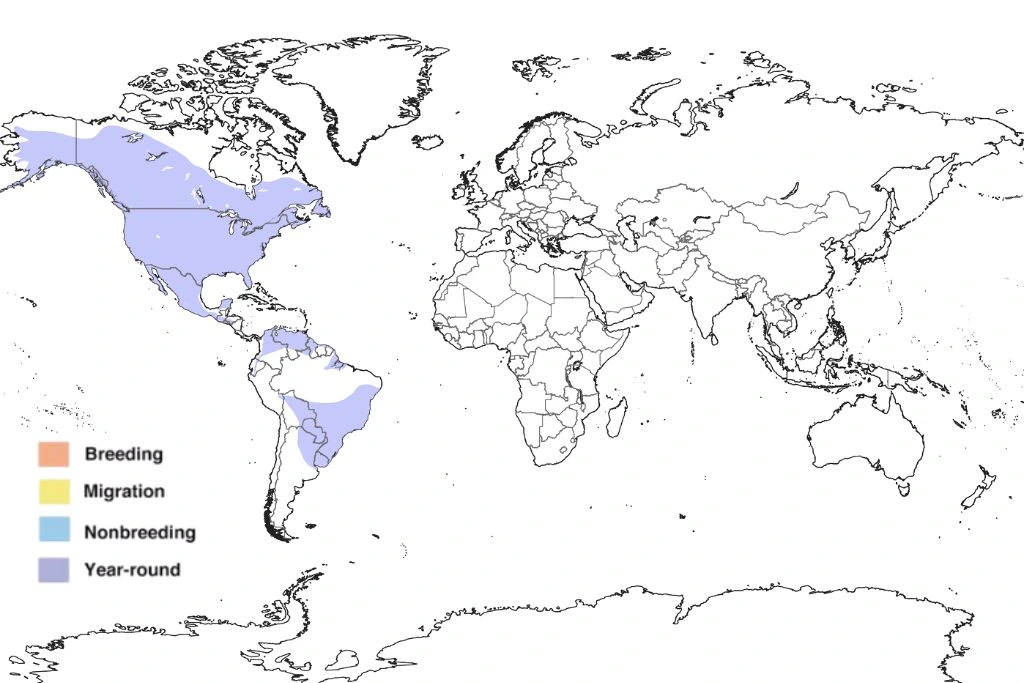
You can find these birds from the Arctic to the southernmost point of South America. It is one of North America’s most common owls. They inhabit deserts, wetlands, woodlands, meadows, backyards, towns, and most semi-open areas between the Arctic and the tropics.
Scarlet Macaw
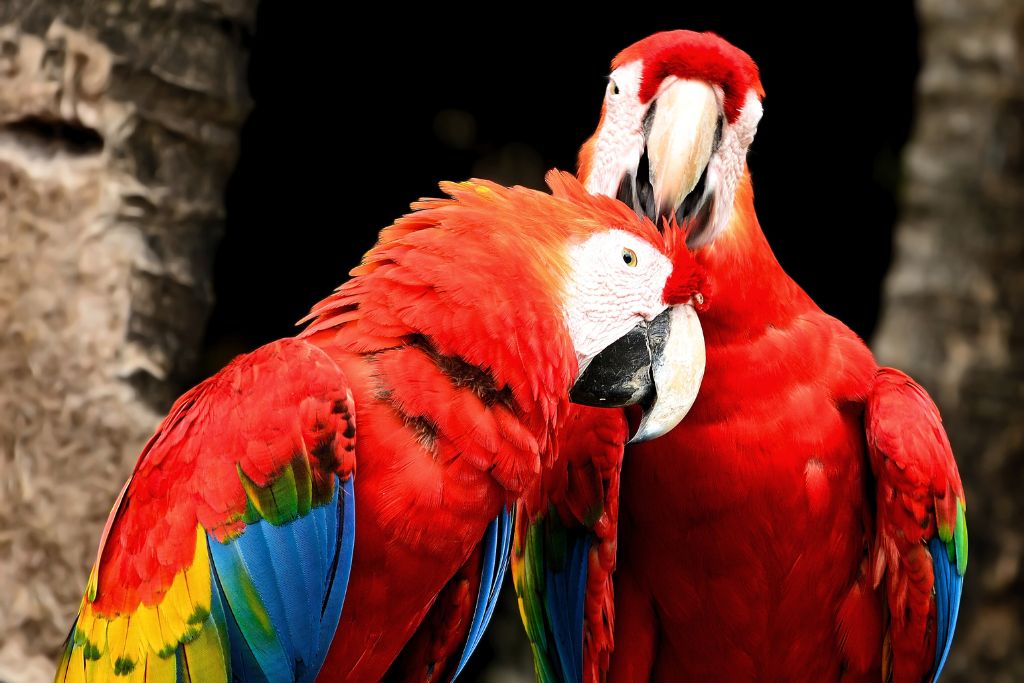
- Kingdom: Animalia
- Phylum: Chordata
- Class: Aves
- Order: Psittaciformes
- Genus: Ara
- Species: Ara macao
The Scarlet Macaw (Ara macao) is well-known for its striking appearance and the long lifespan typically associated with its species. The usual longevity of these enormous parrots is between 40 and 70 years.
Because they frequently create lasting unions, they have earned a reputation for their powerful bonds with their partners.
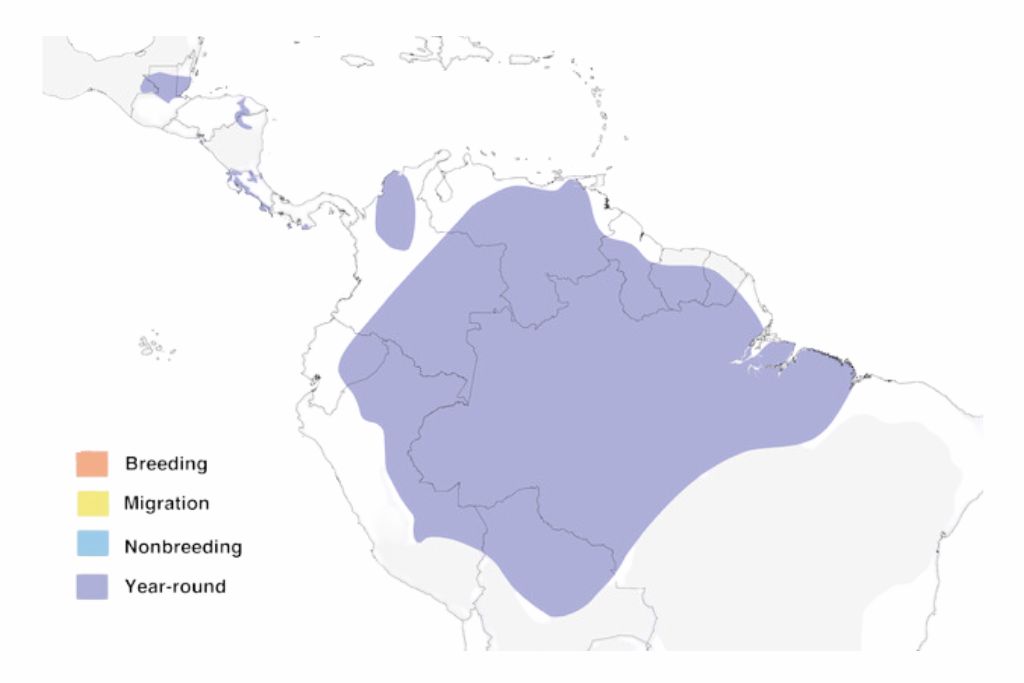
Scarlet macaws are native to the moist evergreen forests of Central and South America, and they are most successful in lowland regions that experience seasonal floods and foothills that reach up to 500 meters in elevation.
Bald Eagle
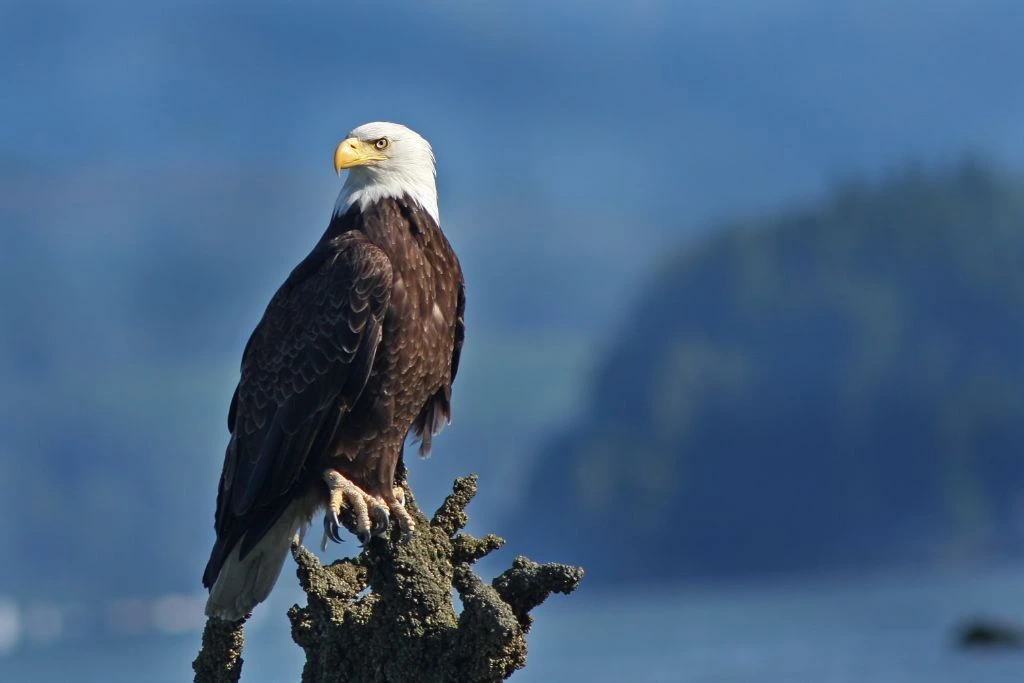
- Kingdom: Animalia
- Phylum: Chordata
- Class: Aves
- Order: Accipitriformes
- Genus: Haliaeetus
- Species: Haliaeetus leucocephalus
The Bald Eagle (Haliaeetus leucocephalus), a bird of prey known for its massive size and dignified demeanor, typically lives for 20 to 30 years. It has been proven, however, that bald eagles kept in captivity can outlive their wild counterparts by a significant margin.
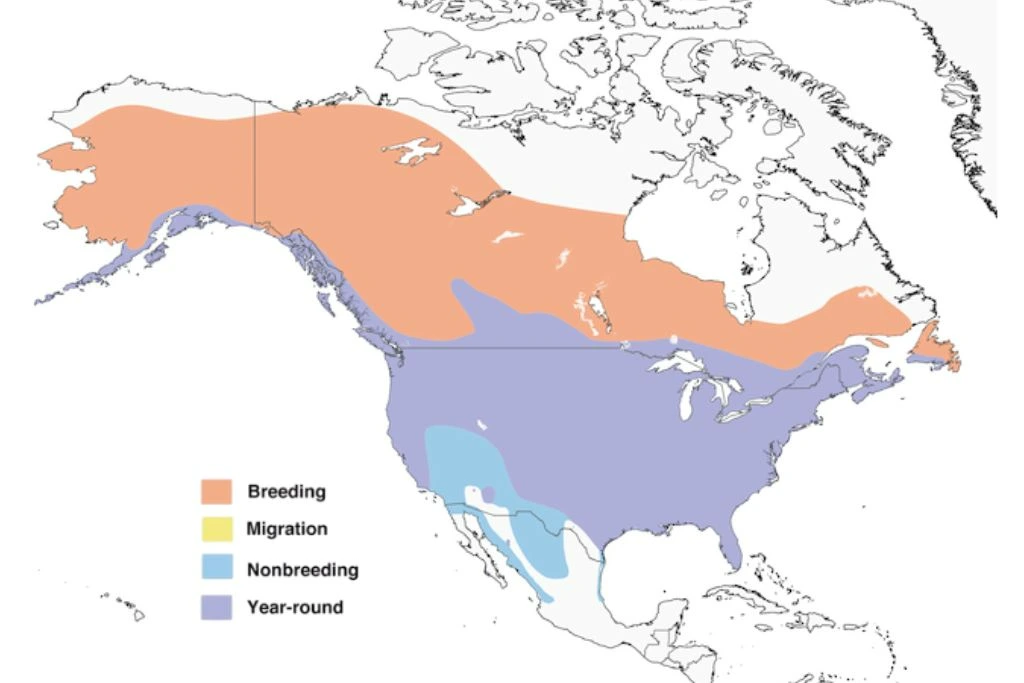
In North America, these stunning birds can be found in abundance near large bodies of water, where they have easy access to abundant food sources and suitable nesting trees. Native American cultures also hold the bald eagle in high regard and consider it a spiritual symbol.
Andean Condor
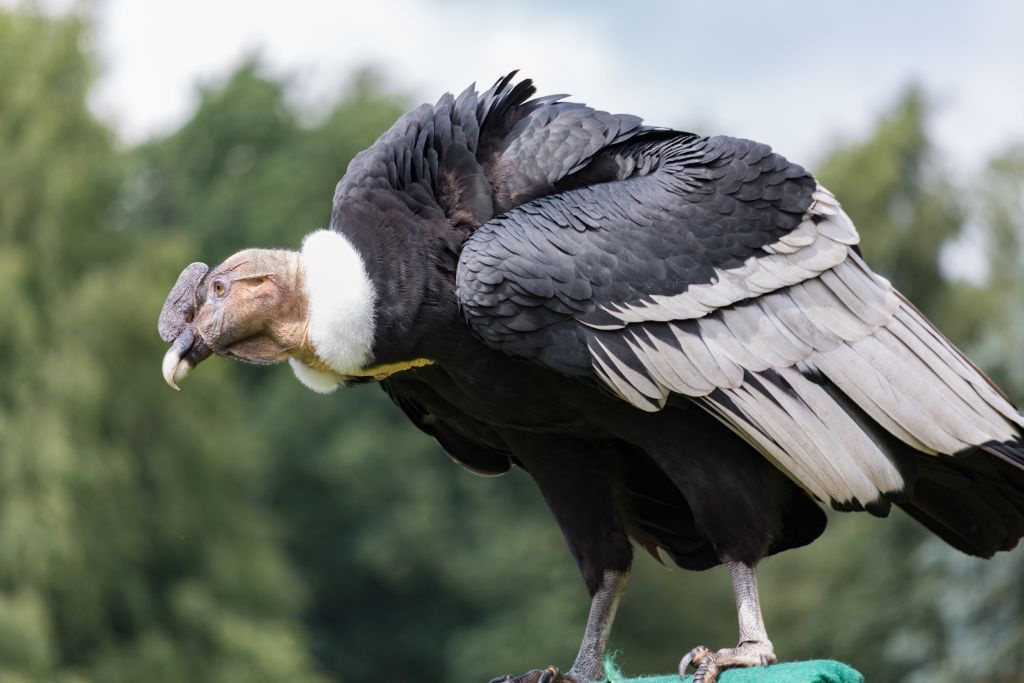
- Kingdom: Animalia
- Phylum: Chordata
- Class: Aves
- Order: Cathartiformes
- Genus: Vultur
- Species: Vultur gryphus
The Andean Condor (Vultur gryphus) is one of the biggest birds that can fly, and it is also known for living a long time. These beautiful birds can live in the wild for about 50 to 70 years, making them one of the longest living birds.
Andean condors live in the Andes Mountains of South America. They like to live in open fields and high mountain areas. Condor males are easy to tell apart because their heads and necks are bald and can be any color from yellow to bright red.
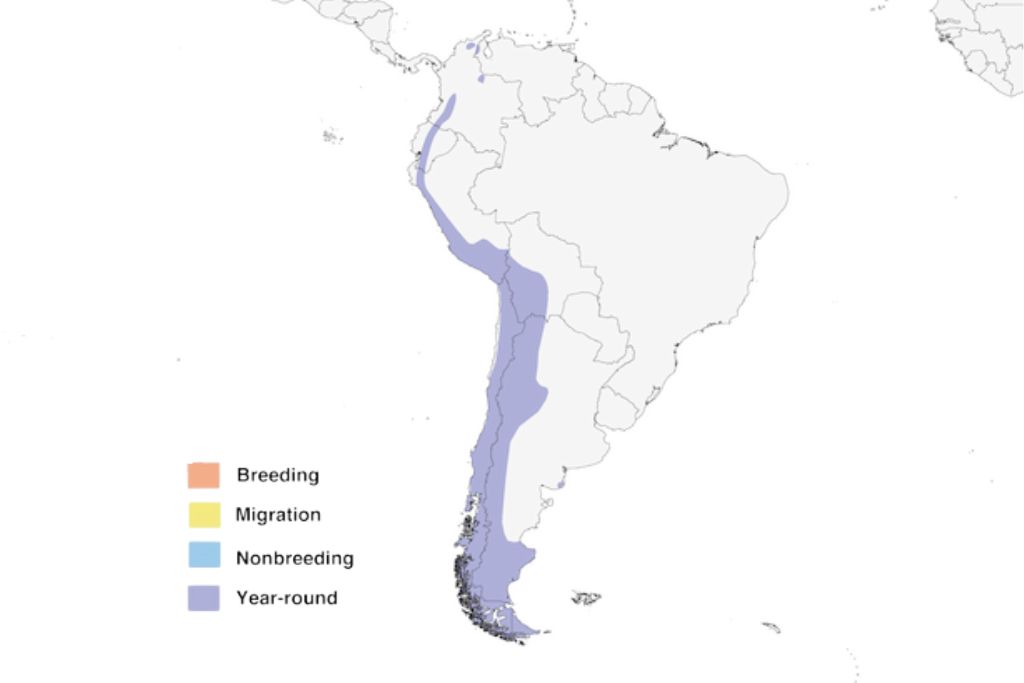
They have an excellent sense of smell and vision, allowing them to detect rotting meat from great distances. Sometimes they also murder and eat live prey, like newborn cattle or injured people, in addition to the rats and other small vertebrates they eat.
Sulphur-Crested Cockatoo
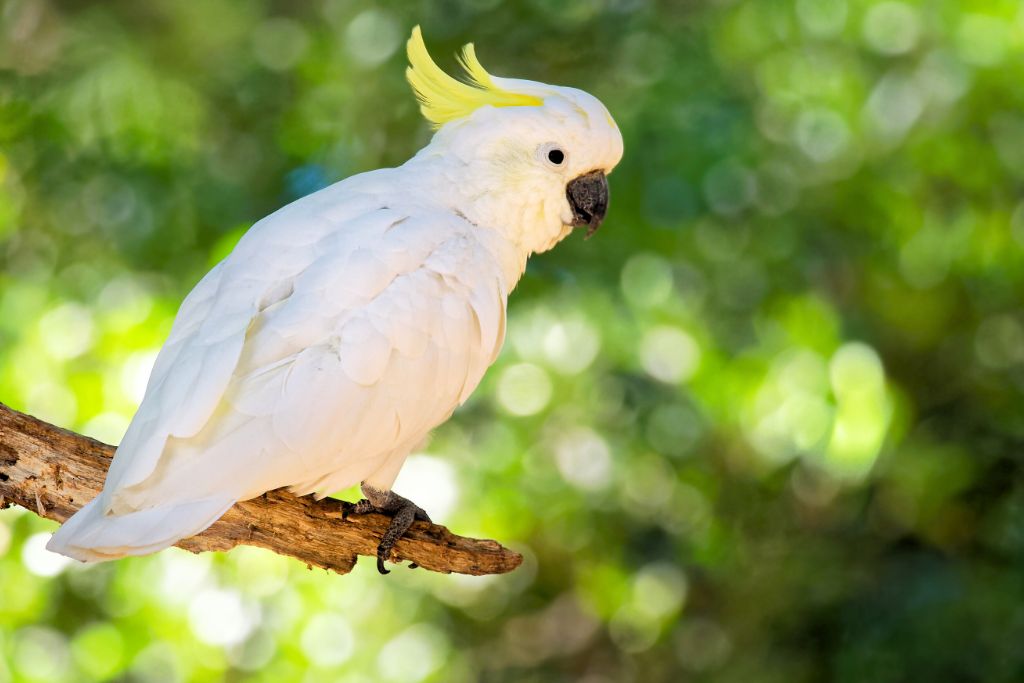
- Kingdom: Animalia
- Phylum: Chordata
- Class: Aves
- Order: Psittaciformes
- Genus: Cacatua
- Species: Cacatua galerita
The Sulfur-crested Cockatoo (Cacatua galerita), known for its eye-catching appearance and energetic demeanor, can live up to 70 years on average. However, if provided with the right conditions, some cockatoos have been known to live much past the age of 100.
Sulphur-crested cockatoos, native to Australia and New Guinea, are adaptable. Pets lovers adore them for their beautiful golden crests and ability to mimic sounds.
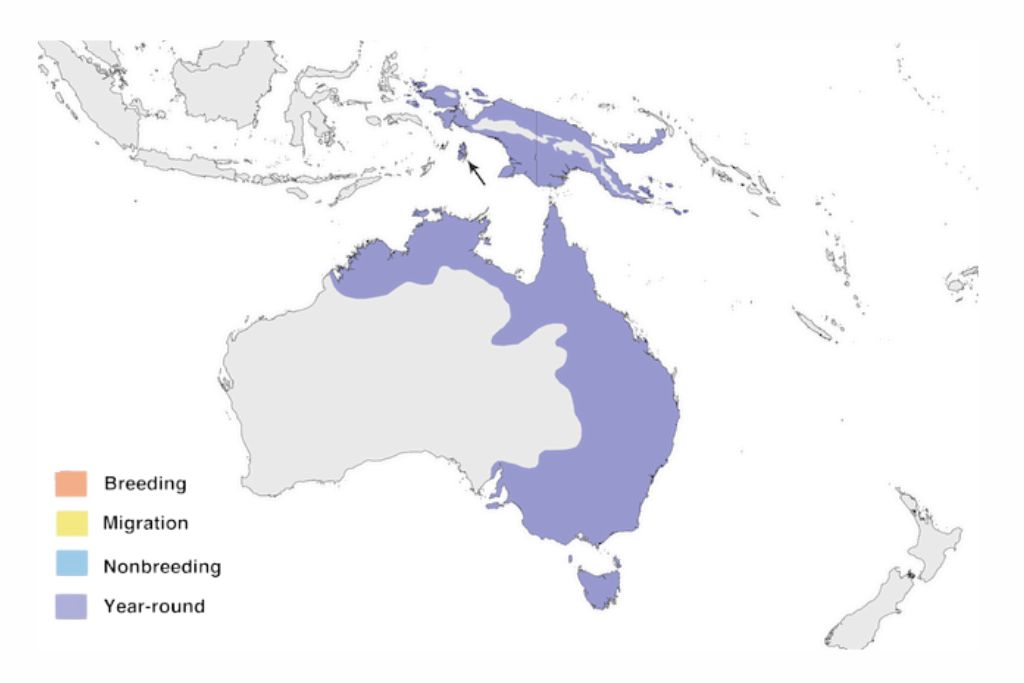
Because of their boundless excitement and energy, they are much admired. They are expert acrobats and climbers who are frequently spotted engaging in dangerous stunts.
American Flamingo
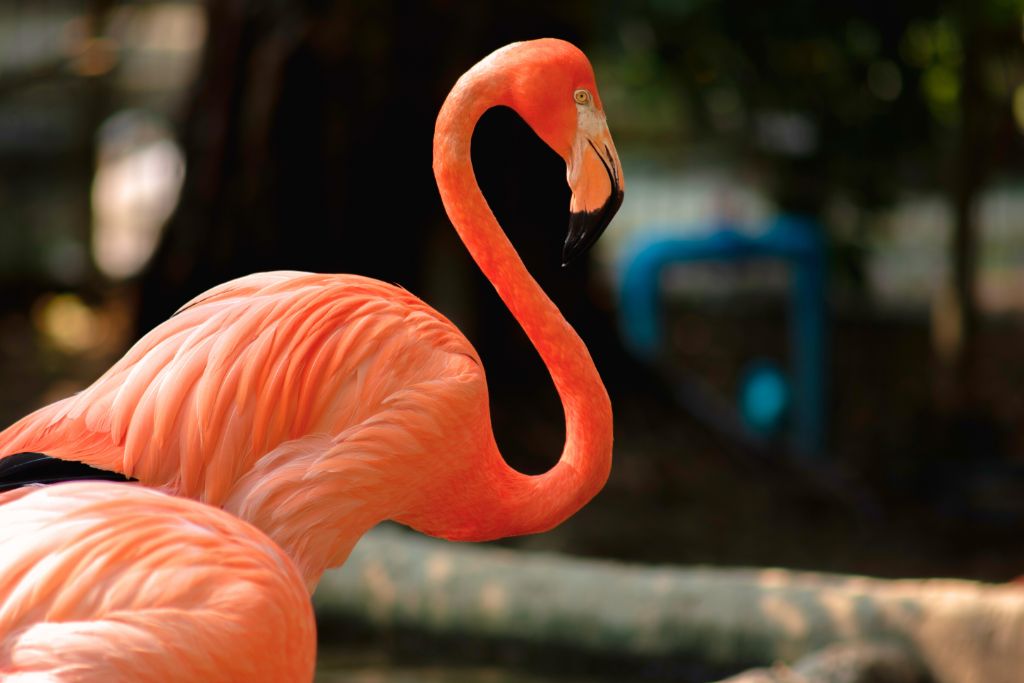
- Kingdom: Animalia
- Phylum: Chordata
- Class: Aves
- Order: Phoenicopteriformes
- Genus: Phoenicopterus
- Species: Phoenicopterus rubber
The American Flamingo (Phoenicopterus ruber), a magnificent bird with vibrant plumage, is known for its long legs and neck. They have a large body covered in feathers ranging from pale pink to reddish pink, with black-tipped wings visible during flight.
The typical lifespan of one of these stunning birds is estimated to be between 20 and 30 years in the wild. Still, there have been tales of individuals living to be 55 or older.
Their legs are exceptionally long, allowing them to wade through shallow waters and mudflats easily. The neck is slender and gracefully curved, topped by a small head with a downward-pointing bill.
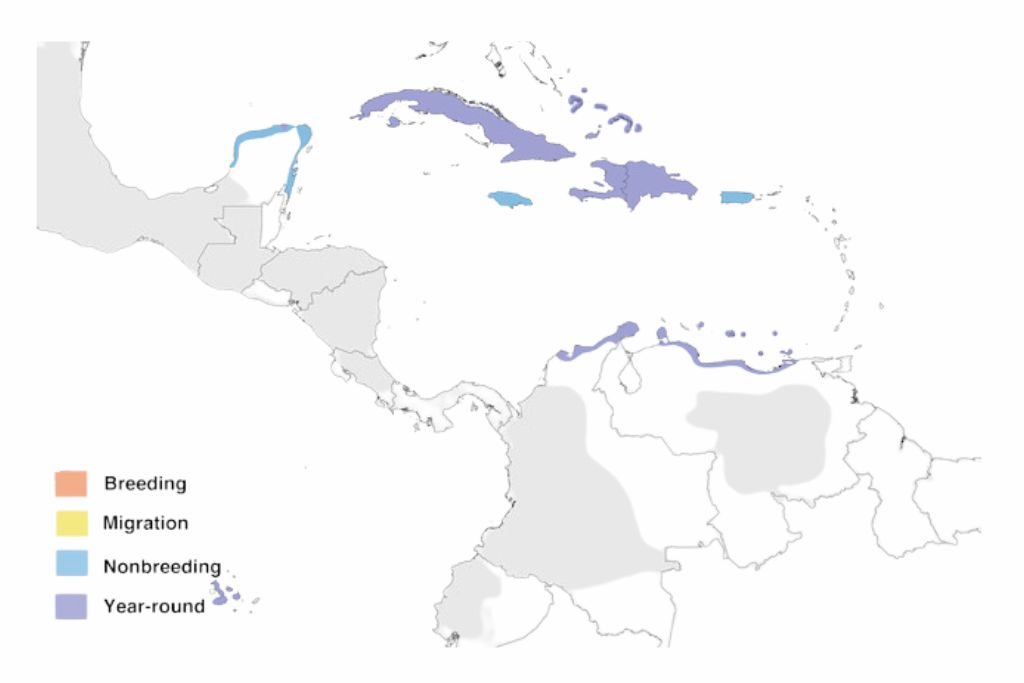
These spectacular birds are widespread throughout the Caribbean, Mexico, and South America. They eat crustaceans, algae, and other aquatic animals in coastal lagoons, estuaries, salt pans, and other wetlands.
Mute Swan
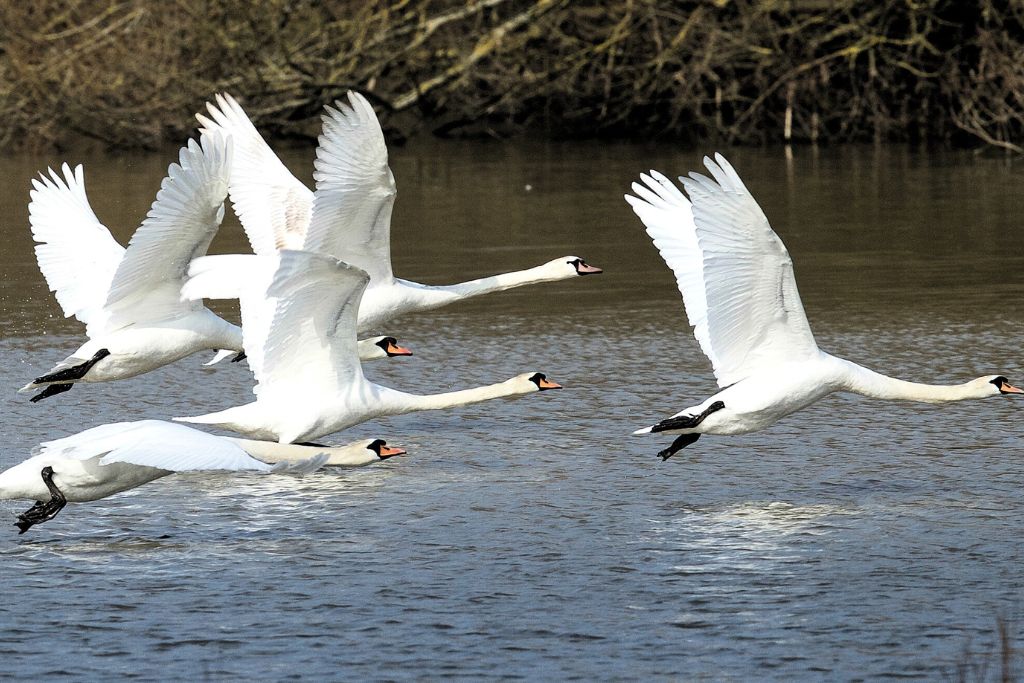
- Kingdom: Animalia
- Phylum: Chordata
- Class: Aves
- Order: Anseriformes
- Genus: Cygnus
- Species: Cygnus color
The elegant Mute Swan (Cygnus olor) is a huge bird. Their huge bodies, long, curved necks, and 8-foot-wide (2.4-meter-wide) wings make them stand out. The adult birds have brilliant white feathers, while the young have a drab grayish hue. Their vivid orange beaks are topped with a black knob. As the swan gets older, the knob grows larger.
They’ve spread from their native Europe and Asia homes to places as far-flung as North America, Australia, and New Zealand. They like to feed and nest in regions where there is plenty of open water and aquatic plants.
As herbivores, mute swans consume mostly plant matter found in water, such as water lilies, pondweeds, and other submerged plants. They also eat insects, snails, and crustaceans, among other small invertebrates. The mute swan submerges its long neck to get food below the water’s surface.
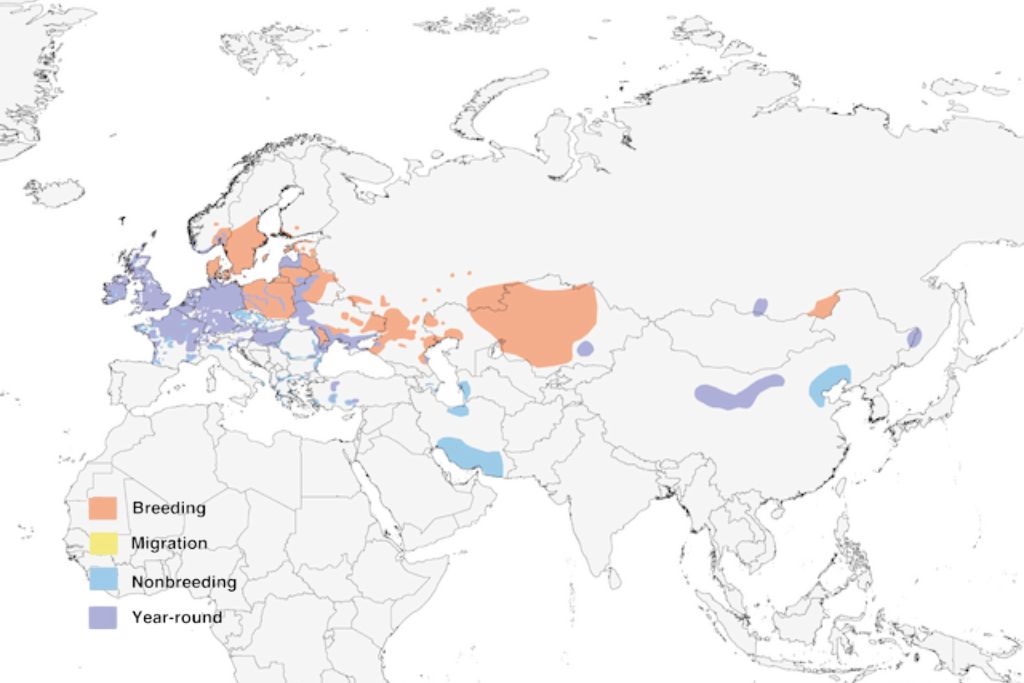
Mute swans can live for up to 30 years on average in the wild. However, in the right environment and with the right care, they can survive for 40 years or more.
Toco Toucan
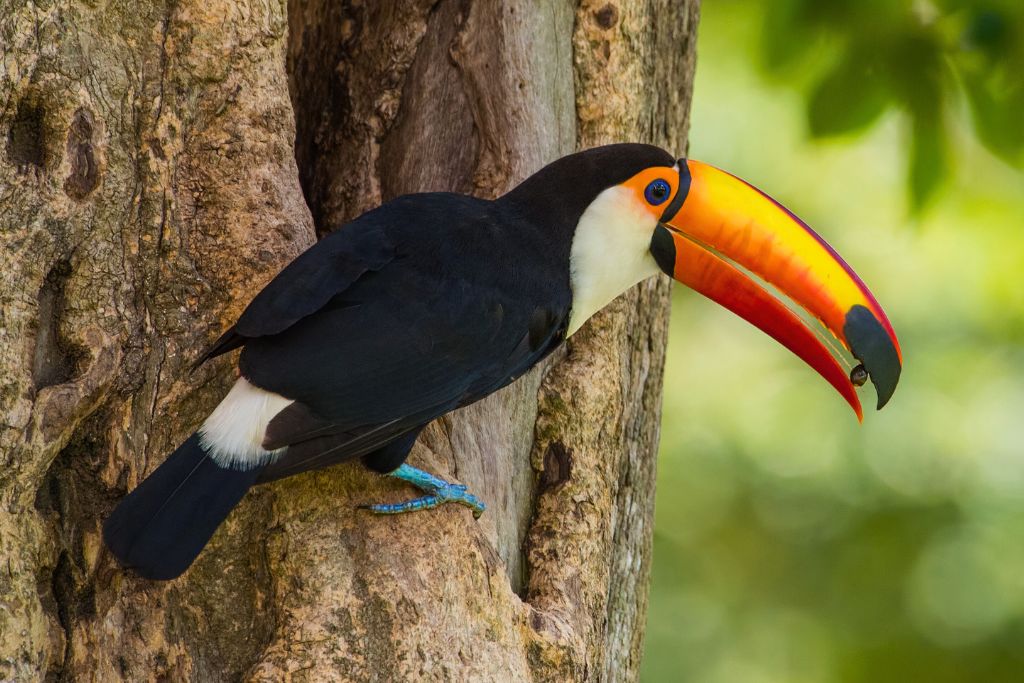
- Kingdom: Animalia
- Phylum: Chordata
- Class: Aves
- Order: Piciformes
- Genus: Ramphastos
- Species: Ramphastos toco
The Toco Toucan (Ramphastos toco) is an interesting bird that stands out for the way it looks. It has a big, bright bill that can be up to 8 inches long, making it one of the birds with the biggest beaks for its size.
These fascinating birds have a natural lifespan of 20 to 25 years. It has a colorful bill, including orange, yellow, and black. A clear blue ring frames its eyes, and while its body is largely black, its throat and chest are white.
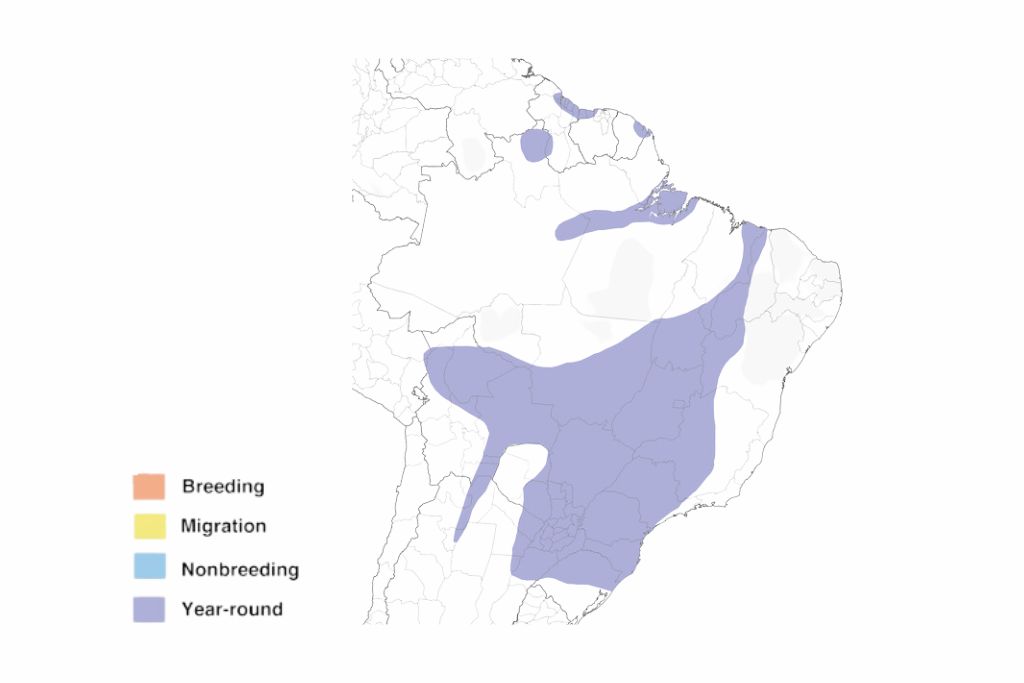
Brazil, Bolivia, Paraguay, and Argentina are home to Toco Toucans. They jump over tree branches in lowland and highland woods, eating fruits, insects, and small animals.
King Penguin
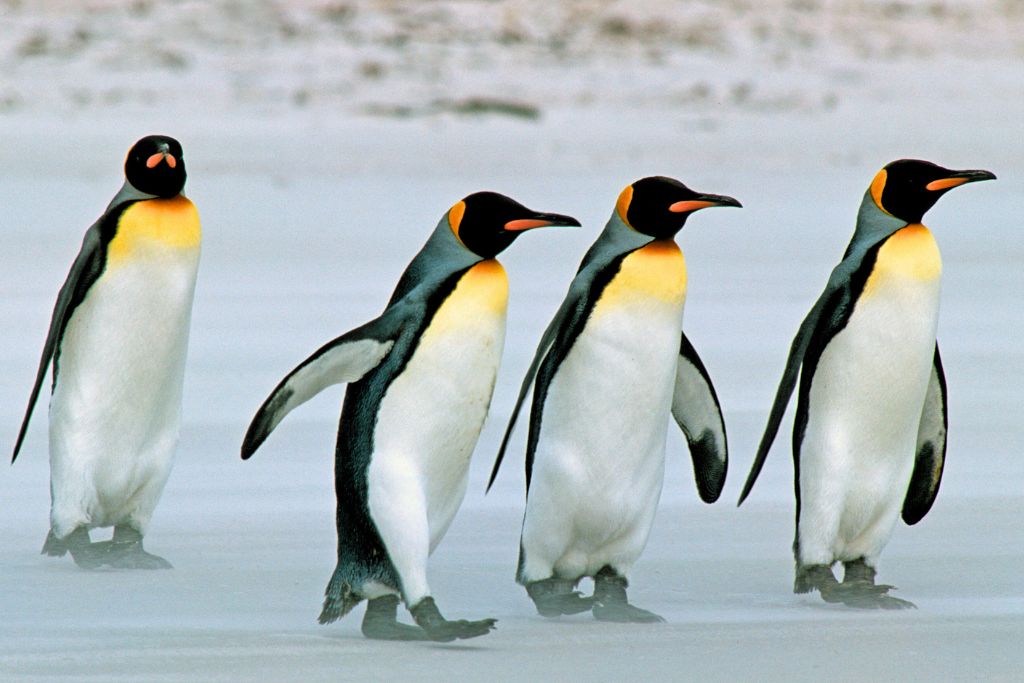
- Kingdom: Animalia
- Phylum: Chordata
- Class: Aves
- Order: Sphenisciformes
- Genus: Aptenodytes
- Species: Aptenodytes patagonicus
The King Penguin (Aptenodytes patagonicus) is a stunning bird, admired for its one-of-a-kind appearance and stately demeanor. It stands tall and slender despite its strength. It has a potential height of 3 feet. Its bottom is white, but its top, neck, and head are black.
In the wild, some of these majestic birds have reached ages of 25 or 40. The bright orange markings on a king penguin’s breast and the sides of its neck stand out. They plan romantic trips together, and it can fly underwater, thanks to its small wings and long, stiff tail.
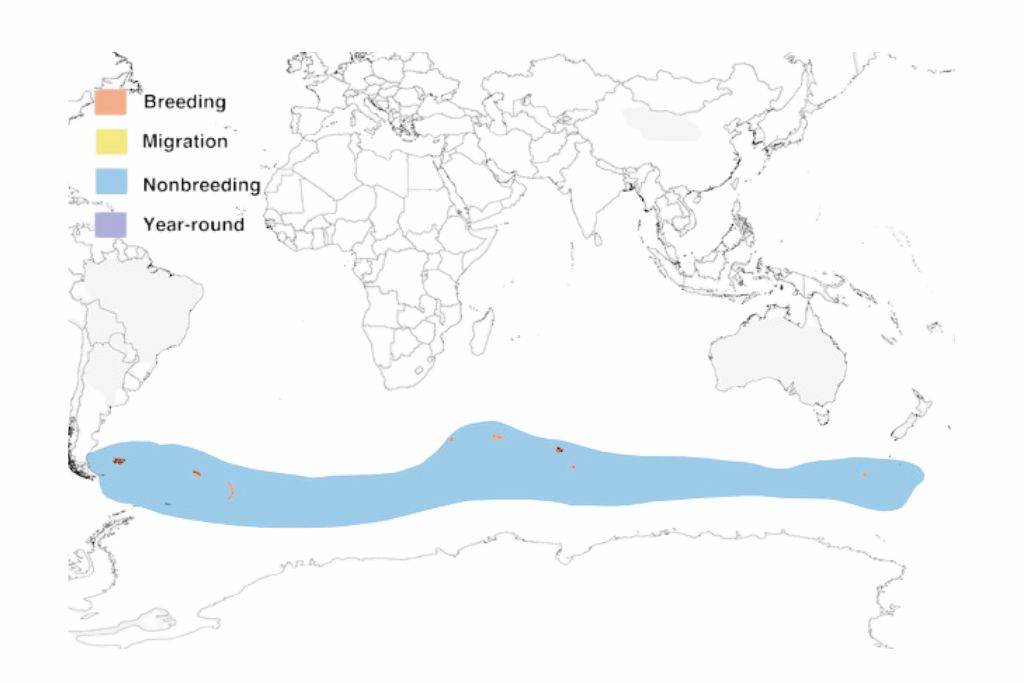
The Falkland Islands, South Georgia, and the French Southern and Antarctic lands are the only places on Earth where you can see king penguins. They form vast breeding colonies in the coastal areas where they make their home.
3 Factors Influencing Bird Lifespan
Curious about the factors that contribute to a bird’s lifespan? Discover the secrets behind avian longevity as we explore three key factors influencing how long our feathered friends live.
Species-Specific Traits
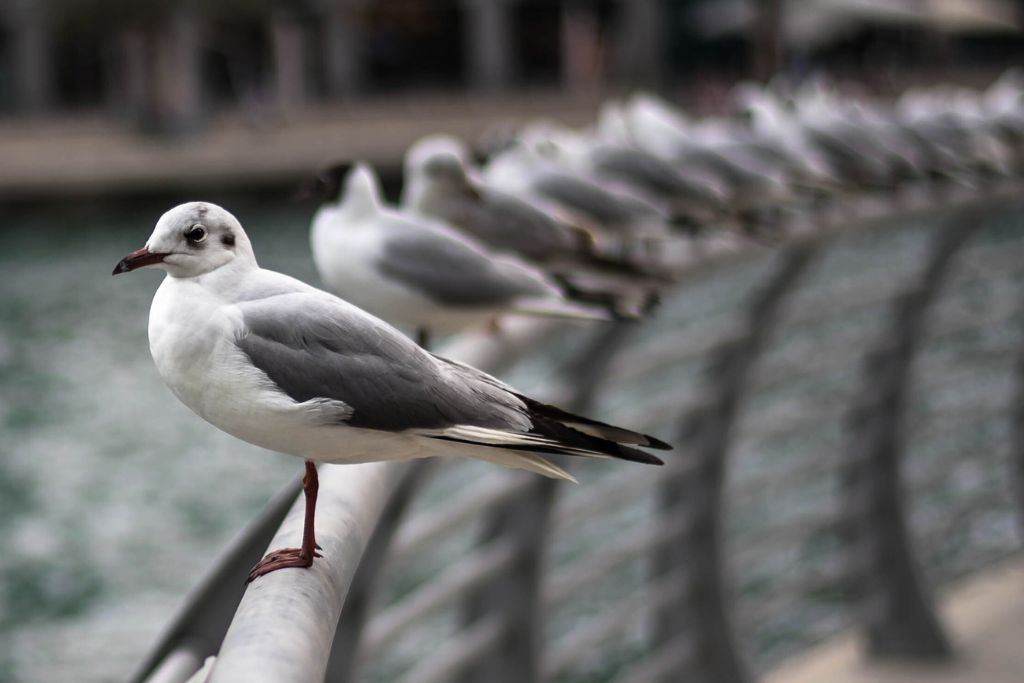
Size, metabolism, reproduction, and physiological adaptations affect a bird’s longevity. Delayed maturity and limited clutch size help larger bird species live longer.
Environmental Factor
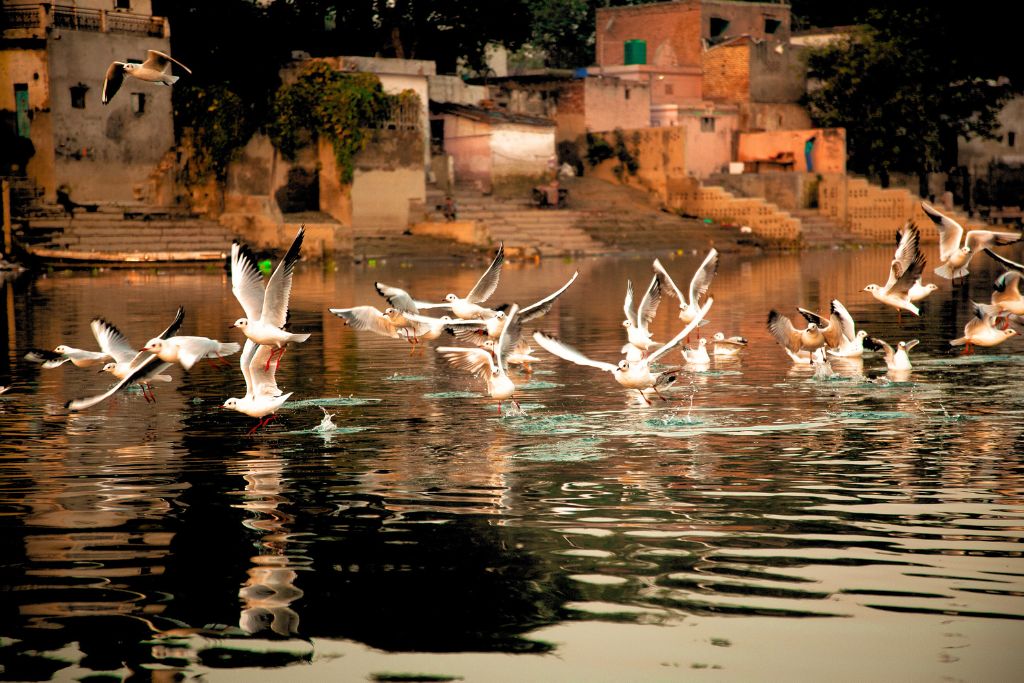
The environment in which a bird lives can significantly affect its lifespan. Availability of food resources, habitat quality, exposure to predators and diseases, and climate conditions all play a part. Birds living in stable, resource-rich settings with lower predation and disease risks live longer.
Individual Factors
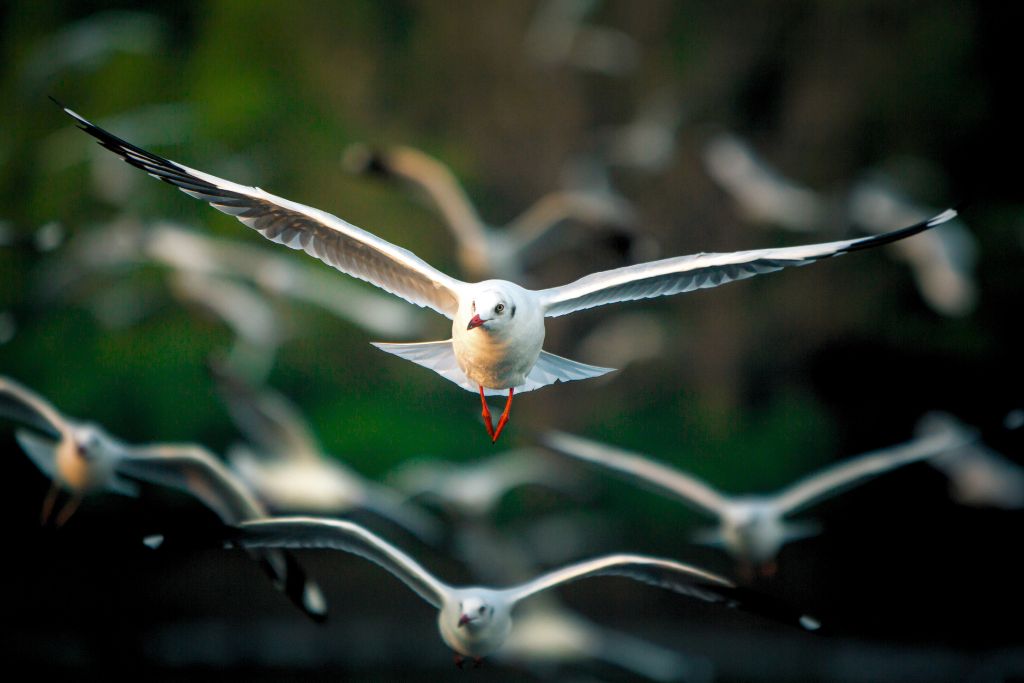
Within a species, individual variation can impact lifespan. Genetic factors, including inherited traits and disease susceptibility, can influence an individual bird’s lifespan. Food, reproductive success, stress, and pollution can also affect a bird’s lifespan.
Final Thoughts
Like the incredible Laysan albatross, the longest living bird is incredibly important in the bird world. The oldest birds show us how amazing nature is and how birds can adapt and survive for a long time. Let’s protect these special birds and ensure they can continue to live and amaze us for many more years.
FAQs
What Type of Bird Lives the Longest?
The Laysan albatross is the bird species that live the longest, with some individuals living over 70 years.
What is the Longest Living Bird in North America?
The long-billed murrelet is a species of seabird native to North America and the longest-lived bird in the world.
What is the Longest Lifespan of a Bird?
The Laysan albatross holds the record for the longest recorded lifespan among birds, with individuals living over 70 years.
Do Birds Live Longer Than Humans?
No, birds generally have shorter lifespans compared to humans. While some bird species can live for several decades, humans have a longer average lifespan.
Why Do Birds Have Long Lifespans?
Birds live longer and have a good life because their bodies have changed, their metabolisms are slower, and they are smaller.



